Do you take care of your cat'soral hygiene? A lack of care can lead to gingivitis. This inflammatory disease of the gums is quite common in our feline friends. It is characterized by an inflammation of the gums that can be painful and cause bad breath. If not treated quickly, it can lead to more serious periodontal disease, which can lead to tooth loss and other health problems. Don't panic, in this article we give you all our tips on how to spot, treat but also prevent gingivitis in cats.
What causes gingivitis in cats?
Gingivitis in cats can be caused by a variety of factors, such as plaque buildup, inadequate nutrition, underlying disease or oral trauma. It is important to know thatplaque build-up is one of the main causes of gingivitis. It is due to an excessive presence of bacteria, proteins and food debris that form plaque on the teeth. If it is not removed regularly by brushing or professional cleaning by a veterinarian, it can calcify and turn into tartar. The gums are then damaged and become inflamed.
Thus, diet can play an important role in the development of gingivitis in cats. If it is inadequate, especially if it is too rich in carbohydrates, it can promote the accumulation of dental plaque and the growth of bacteria that cause gingivitis. It is therefore important to choose a diet adapted to your cat's needs, rich in proteins and essential nutrients. In addition, it is important to note that eating foods that are too hard or too dry can also contribute to gum irritation. Therefore, it is recommended that cats that are susceptible to gingivitis also be fed a moist diet, such as mash. Finally, it is important to remember that the amount of food given to your cat should be monitored and regulated to avoid excessive weight gain, which would be an additional risk factor.
For some cats, underlying diseases, such as diabetes, may also increase the risk of developing this inflammation. Finally, if your cat has suffered oral trauma, such as a bite or blow to the gums, you'll need to ensure that bacteria don't proliferate there through proper care.

How to spot the symptoms of gingivitis?
The most common symptom of gingivitis in cats is inflammation of the gums. You can spot this inflammation when the gums become red, swollen and sensitive. They can then bleed easily when brushing teeth or chewing food. Similarly, a cat with gingivitis may have bad breath and excessive salivation. If the disease progresses, it can even lead to tooth loss and mouth ulcers.
On the other hand, lethargy or weight loss are possible symptoms of gingivitis. Indeed, the pain often prevents the feline from eating properly. However, a return to normal eating habits must be done as soon as possible in order to avoid causing other health problems for your pet.
How to treat gingivitis in cats?
If you suspect that your cat or kitten has gingivitis, your first instinct should be to call your veterinarian to confirm the diagnosis. After his examination, he will be able to guide you and prescribe the most appropriate treatment for the form of gingivitis your little friend is suffering from.
The treatment of gingivitis thus depends on the severity of the disease. If detected early, it can be treated with good dental hygiene, including regular brushing or cleaning by your veterinarian. If gingivitis is caused by an underlying disease such as diabetes, treatment of the disease can help prevent the recurrence of gingivitis.
In all cases, professional dental cleaning will be an important step in the treatment of gingivitis. This may include scaling, polishing and root canal therapy. In addition, a proper diet will be implemented to prevent and help reduce plaque and tartar.
Conventional drug treatments most often include antibiotics and anti-inflammatory drugs to treat the bacterial infection and reduce pain. In more severe cases, surgery may be required to remove damaged or infected teeth.
Our tips for preventing gingivitis
In many cases, regular oral care and treatment of early signs is all that is needed to prevent feline gingivitis. Regular brushing of your cat's teeth is an effective way to prevent and treat it. Use a toothbrush specially designed for cats to remove plaque and tartar. If your pet does not tolerate brushing, products such as mouthwashes, gels and sprays for cats can be used.
At the first signs of possible gingivitis, you can also use fresh herbs andvegetable oils to help your cateliminate bad bacteria and tartar that may be present in his mouth. Our GingiCat oral gel is specially formulated to fight the first signs of gingivitis, but also to prevent their appearance by regular application.
-
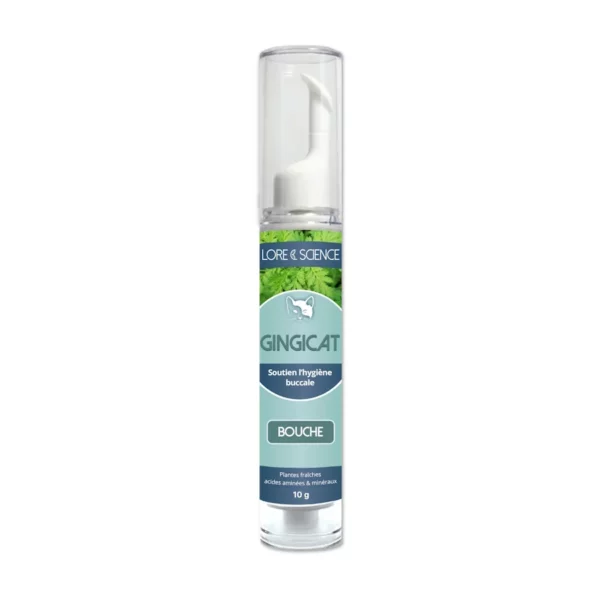
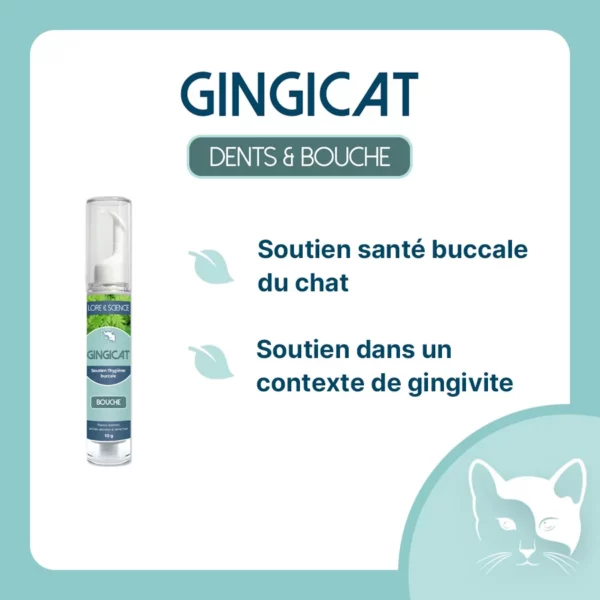 GingiCat - Oral hygiene for cats18,90 €
GingiCat - Oral hygiene for cats18,90 €
In short, gingivitis is a common disease in cats that can be prevented by taking good care of your feline's oral hygiene. The signs can be subtle, so it's important to regularly monitor the condition of gums and teeth. If you notice any signs of gingivitis, consult your vet immediately for diagnosis and appropriate treatment. By taking preventive action (see DentiCat), you can help your cat maintain good oral health and healthy teeth throughout its life.
Do you have any questions about this article? React in the comments ↓




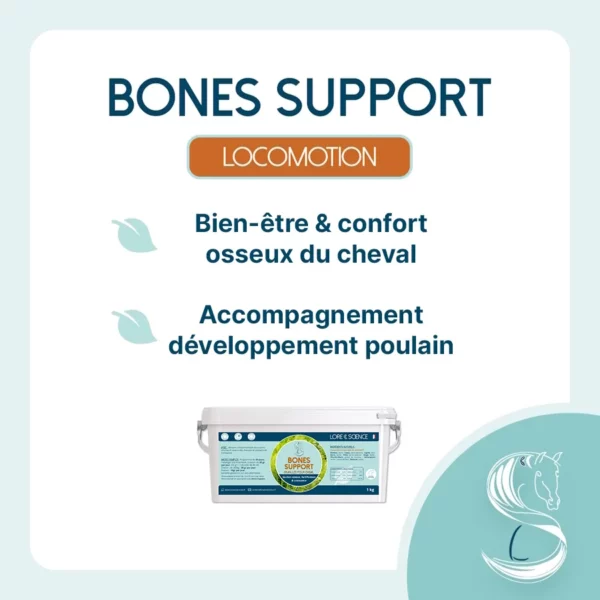
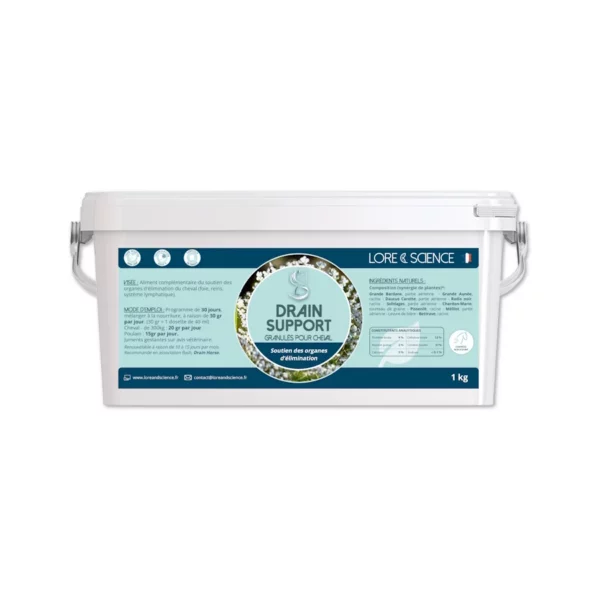
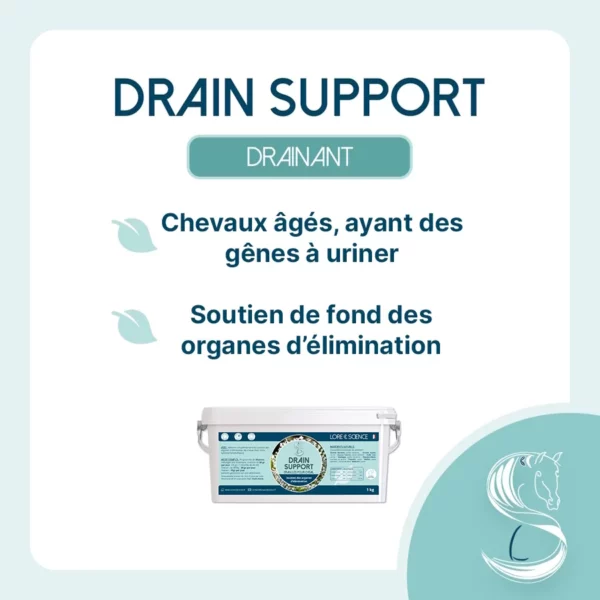








4 réactions sur "Gingivitis in cats: symptoms, causes and treatments"
Hello the vet advises me to remove all the teeth she smells bad from the mouth. And I have 2 other cats at home. She can contaminate the 2 cats. She's an outdoor cat that I took in when it's cold and nobody wants her. If we remove all her teeth, she'll drool all the time (?)
Hello,
it seems to me that before reaching this ultimate and irreversible operation, you should perhaps try other solutions, and get a second veterinary opinion.
When I bought my 18-month-old Persian cat in December 2021, he had enormous gingivitis. The vet had to remove all his teeth in 2 successive sessions (June and September 2022) except the front ones and the 4 fangs. He had discovered that he was calicivirus positive. To date, apart from a tiny area at the back of the mouth on the left which has remained red, my cat has lost his bad breath... he continues to eat his kibbles and is in good shape. he looks great and doesn't drool. However, the cost of the operation is still quite high.
Hello, my tigrou had to undergo a total extraction of teeth, he is much better, he does not drool and eats very well his kibbles and pâtés, gingivitis can be very painful for cats as for us and can lead to superinfection of the mouth 😫